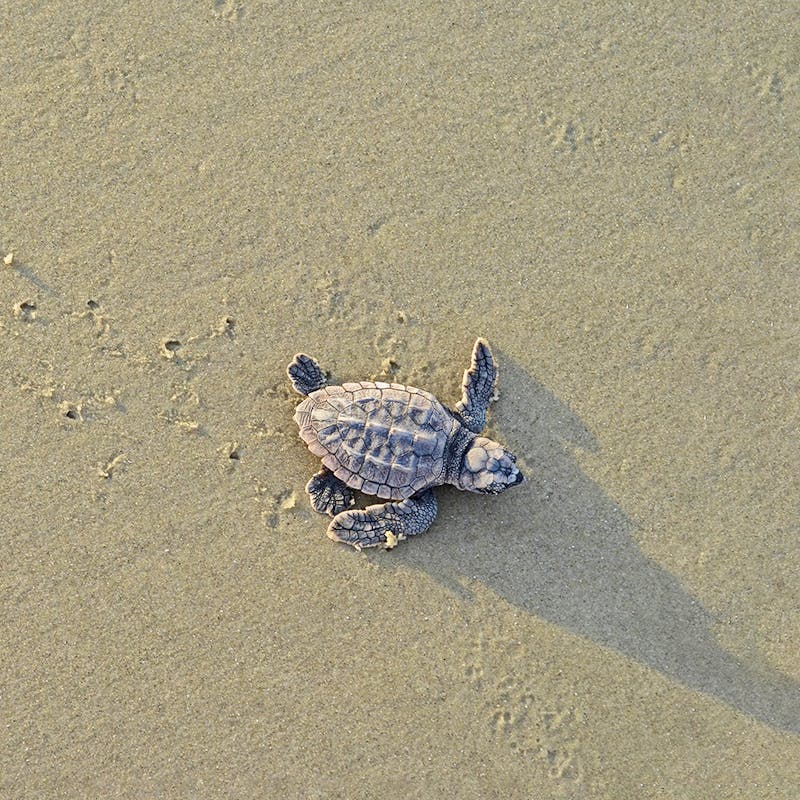Few states in America are more at-risk to the effects of climate change than Florida. Many of our state’s seaside communities are facing flooded streets even on sunny days because of rising tides pushing salt water up through stormwater drains. While inland Tallahassee doesn’t have this issue, the natural spring systems pocketing the karst coastal plain extending south 20 miles to the Gulf of Mexico are seeing their freshwater flows reduced or even reversed by rising seas - just like the stormwater drains in our seaside communities.
Over the past decade, our state and federal elected representatives refused to enact policies to proactively address the causes of climate change. Instead our leaders have focused on resilience and infrastructure retrofit strategies, which only address the symptoms of climate change and not the root cause.
I am an environmental planner by training and try to practice a tenet I learned in school, “Think globally, act locally.” Our family decided we can’t wait on the federal and state governments to rescue us from climate change, and we decided to take matters into our own hands. This past year we took action by installing a photovoltaic (PV or solar) system in our backyard. We made the personal financial commitment to reduce our family’s carbon footprint, to save money in the long run via lower monthly utility bills and to set a good example for family, friends, neighbors and colleagues by walking the walk.
If you think a PV system may be right thing for your home, consider your needs, goals, budget and set realistic expectations. Options for going solar range from paying a company to install them on your property or allowing a company to install a PV system on your property at no cost to you and purchasing the power generated for a lower cost than your utility charges to joining with community members to subscribe to a large PV system. We decided to install a system on our property that would generate enough power to offset our annual electric consumption and to have our solar system operating by December 31 to qualify for the federal residential solar energy tax credit.
Last July we interviewed and received quotes from national and local firms and sought recommendations from acquaintances with solar experience. We considered multiple PV system configurations and proposals, financing options and the site preparation required for installation. We asked questions of our installer throughout the entire process and took advantage of Google and YouTube to learn about equipment options and the installation process.
Because we did our homework, we were confident in our decision to go solar. We are happy to have selected an established local company which helped us deal with site complications and to select the right equipment. We decided to install our PV system on our backyard lawn because it is the sunniest location on our property. Our roof, facing south and west, is mostly shaded by a large live oak tree we didn’t want to remove. Because PV systems will be operating for 30 years, we tried to select the most reliable installer to install the most productive, highest quality system that made economic sense now and in the future.
Because several trees partially shaded the sunniest part of our yard, we made the difficult (and expensive) decision to have several trees removed to greatly increase the productivity of the PV system. We rationalized the decision to remove trees by calculating the solar array would eliminate carbon emissions from fossil-fueled electricity equal to the absorption of more than 40 trees. I used the Sun Position app to view the path of the sun throughout the day on the shortest and longest days of the year. I used it to strategically determine the trees to remove and to locate our ground array to see the sun between 10:00 A.M and 4:00 PM for most of the year. Additionally, we planted three dozen native bushes and a half dozen mid-canopy trees as replacements and for visual screening of the solar array for our neighbors.
The City of Tallahassee Utility has an excellent net metering program so we didn’t install batteries with our system. It fully credits the number of PV kilowatt-hours produced and those consumed from the grid on a month-to-month basis, similar to the old phone plans with rollover minutes, except for kilowatt-hours. And by installing solar you are essentially pre-paying for your electricity for the next 30 years at a fixed price.
So far, comparing our January and February consumption from a year ago, we used about two-thirds less electricity from the grid, which of course means our electric bills are one-third of last year’s bills. It’s fun watching the monitoring system show that solar production is slowing increasing as the days lengthen and the sun rises higher in the sky. We are hopeful that we’ve reduced our electric bills by an average of $90 a month, which reduces our carbon footprint. If you are thinking about going solar this year, I recommend you begin speaking with PV system installers no later than August. You’ll need that lead time to ensure your system is producing energy by the end of the tax year to qualify for the 26% federal solar tax credit, which drops to 22% in 2023 and 0% in 2024.
Of course, solar panels are not the only way to reduce your carbon footprint and your utility bill. Over the past few years, we have installed new windows, replaced an older refrigerator and changed out light fixtures and bulbs for more energy efficient ones. Since installing our PV system, we replaced our home’s inefficient and polluting 18-year old natural gas furnace and AC system with a much more efficient electric heat pump powered by the sun and net metering. We will also be replacing our natural gas water heater with an efficient electric water heater. In a few years when more affordable electric vehicles are on the market, we plan to replace our 15-year old pickup truck with an electric vehicle. We’ll probably add eight more panels to our PV system so we can charge the EV at home plus we’ll use the EV as our home’s backup battery.
Combating climate change is not something that any of us can tackle alone, but I’m proud to say my family is working on lowering our personal carbon footprint while I’m also working to protect wild lands and wildlife in Florida at Defenders of Wildlife. I see firsthand in my work how salt marshes and coastal forests are being lost to sea level rise, salt water intrusion and increasingly intense storms.


Reaching the world’s goal of limiting climate warming will require larger scale solar installations as well as rooftops. While we must rapidly develop additional clean renewable energy, we must also do this without harming sensitive wildlife and habitat. Defenders is a conservation leader in ensuring that new solar and wind projects are sited and operated “Smart from the Start.” We are using cutting-edge science and mapping to determine where commercial-scale solar could be installed without impacting important habitat or protected farmlands. We found that Long Island, NY has the potential host enough solar to power nearly 5 million homes.
I hope you find our story inspiring and you’ll look for ways to make your home more energy efficient, lower your carbon foot, and keep a little more green in your wallet.












